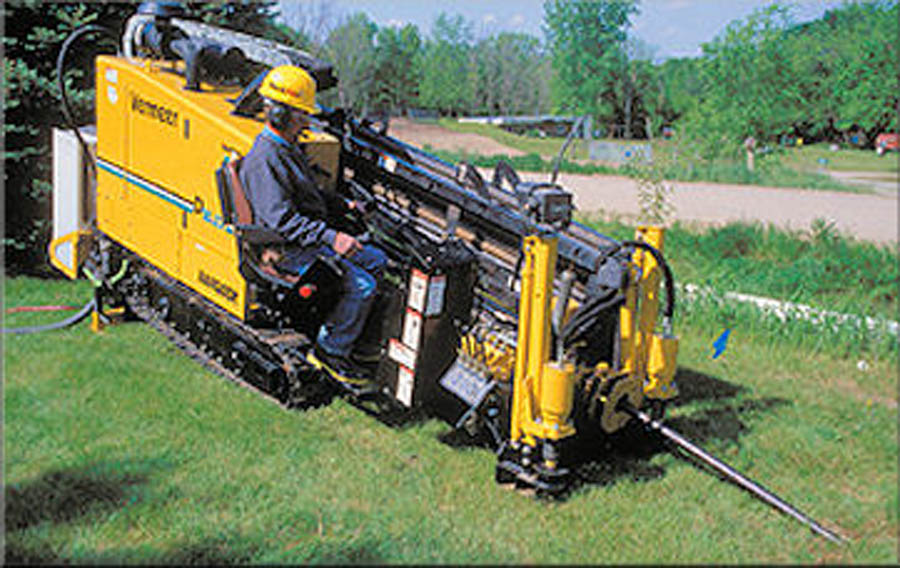Directional drilling techniques has emerged as a transformative technique in various industries, allowing the installation of infrastructure, pipelines, and renewable energy projects while reducing surface disruption. For those unfamiliar with this method, it entails drilling angled boreholes to arrive at targets that are often far away from the drilling rig. This accuracy not only optimizes resource extraction in the petroleum industry but also plays a critical role in constructing metropolitan infrastructure effectively and in an environmentally friendly way.
As we investigate this comprehensive guide, we will explore the evolution of directional drilling technology, its multiple applications, and the benefits it offers over traditional drilling methods. Whether you are a novice seeking to comprehend how directional drilling works or an industry professional looking to keep abreast of the latest trends, this article will provide valuable understanding into operating within the world of directional drilling techniques. From tracking systems to equipment used, we will discuss the essential facets that define this cutting-edge approach to underground drilling.
Grasping Directional Drilling
Directional excavation is a current drilling technique that permits workers to bore wells at multiple perspectives rather than merely direct downward. This capacity to direct the well makes it possible to tap into underground materials that are not straight reachable, thereby boosting productivity and lowering expenditures in the boring process. The technique is particularly favorable in urban regions where ground interference must be minimized and in challenging environments where standard excavation would be inefficient.
One of the key advantages of angled excavation is its adaptability. Operators can navigate around obstacles such as pre-existing pipelines, structures, and natural characteristics, enabling the extraction of resources without significant ground disruption. Additionally, this technique aids the excavation of multiple shafts from a single point, enhancing land-area and lowering the environmental impression. As a consequence, directional drilling has turned into integral in multiple fields, notably energy, public services, and renewable energy programs.
As tech continues to develop, the equipment and techniques used in directional boring have changed considerably. Now, sophisticated surveillance schemes and drilling technologies provide instant information, enhancing the precision and reliability of borehole guidance. This innovation not only enhances operational efficiency but also contributes to the protection and environmental responsibility of excavation operations, guaranteeing that angled excavation remains an integral practice in contemporary development development.
Advantages of Directional Drilling
Directional boring offers numerous advantages over conventional drilling methods, mainly due to its capability to access specific locations while avoiding disrupting the topsoil environment. This technique is particularly advantageous in metropolitan settings where top disruption can lead to significant logistical issues and higher costs. By boring at different angles and levels, operators can access minerals located beneath buildings, highways, and waterways, minimizing the necessity for large-scale excavation and surface repairs.
Additionally, crucial advantage of directional drilling is its efficiency and cost-efficiency. The ability to perform multiple side boreholes from a single site reduces boring time and cuts down on tool transport expenses. This efficient process not just conserves money but additionally minimizes the environmental impact associated with drilling operations. With technological innovations in drill path planning and monitoring, companies can further enhance their drilling strategies and cut down on process delays.
In addition, directional drilling plays a vital role in improving security and lowering ecological effects. By restricting the degree of surface disruption, the hazards linked to conventional boring techniques, such as landslides and water contamination, are greatly reduced. https://gmaccontractors.com/ is particularly crucial in fragile environmental areas where maintaining the health of the ecosystem is paramount. As businesses increasingly focus on eco-friendly approaches, the advantages of directional drilling align with broader goals to encourage responsible material harvesting and infrastructure growth.
Future of Directional Boring

The future of directional drilling is poised for substantial progress as technological advances continues to advance. Breakthroughs in boring tools and methods are allowing operators to attain greater exactitude and effectiveness. The incorporation of machine intelligence and machine learning is anticipated to enhance forecasting functions, permitting for superior choices during boring tasks. These technologies are not only enhancing excavation precision but also maximizing the overall capabilities of the excavation operation.
In addition to technological advancements, there is a rising emphasis on sustainability within the directional drilling industry. As the necessity for clean energy options grows, directional boring plays a critical role in facilitating the installation of clean energy facilities such as wind farms. Companies are exploring eco-friendly excavation materials and methods designed to minimize green footprint, making sure that tasks align with global environmental objectives.
Moreover, as metropolitan areas develop, the demand for effective underground utility placement becomes essential. Directional boring is set to support this requirement by providing a minimal disturbance solution for putting in critical services. New improvements in applications and monitoring tech will facilitate even more accurate bore path planning and monitoring, making directional excavation an essential resource in contemporary city construction initiatives. This increasing reliance on directional excavation highlights its importance in forming the prospects of development and resource administration in heavily populated areas.
